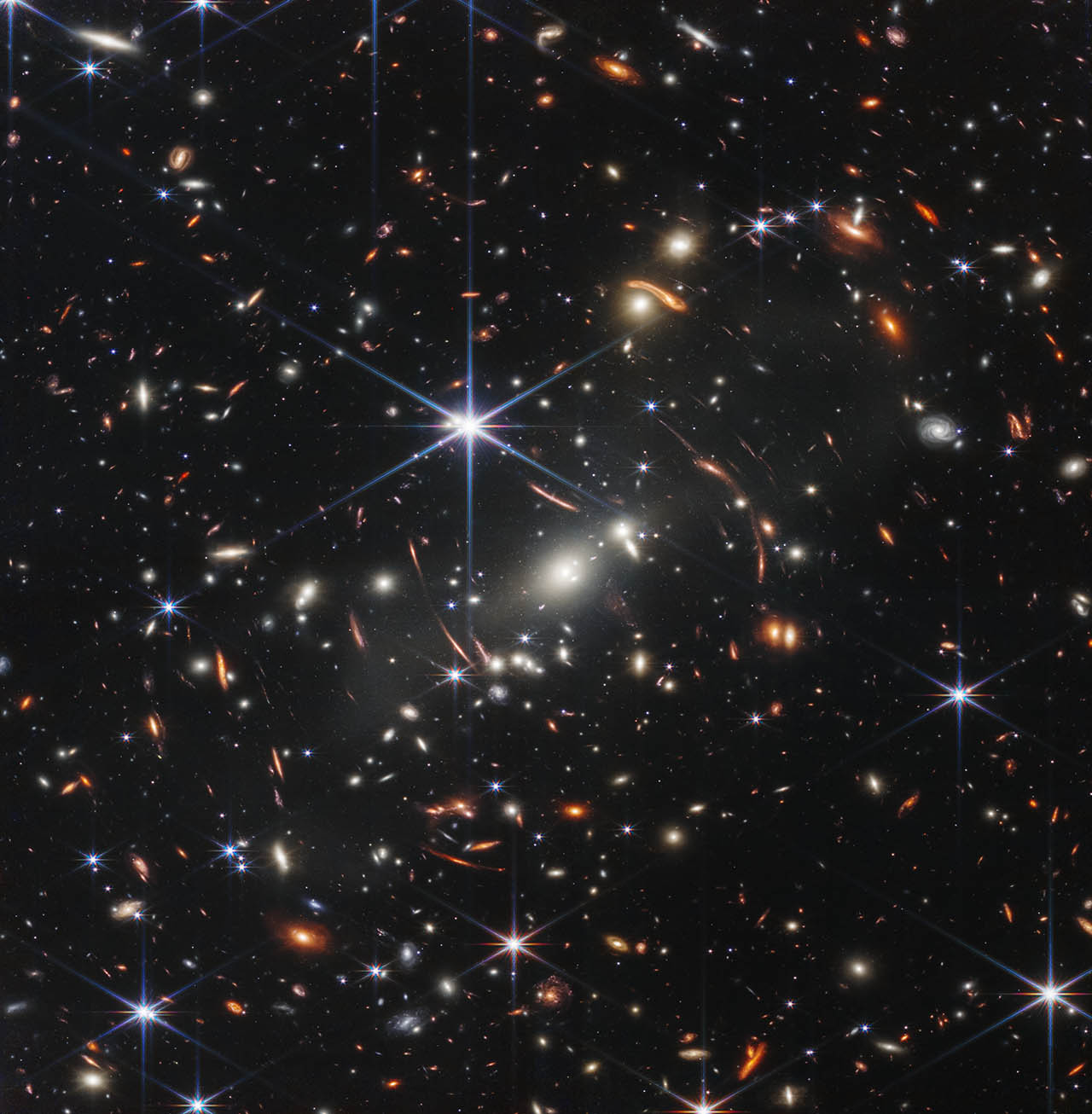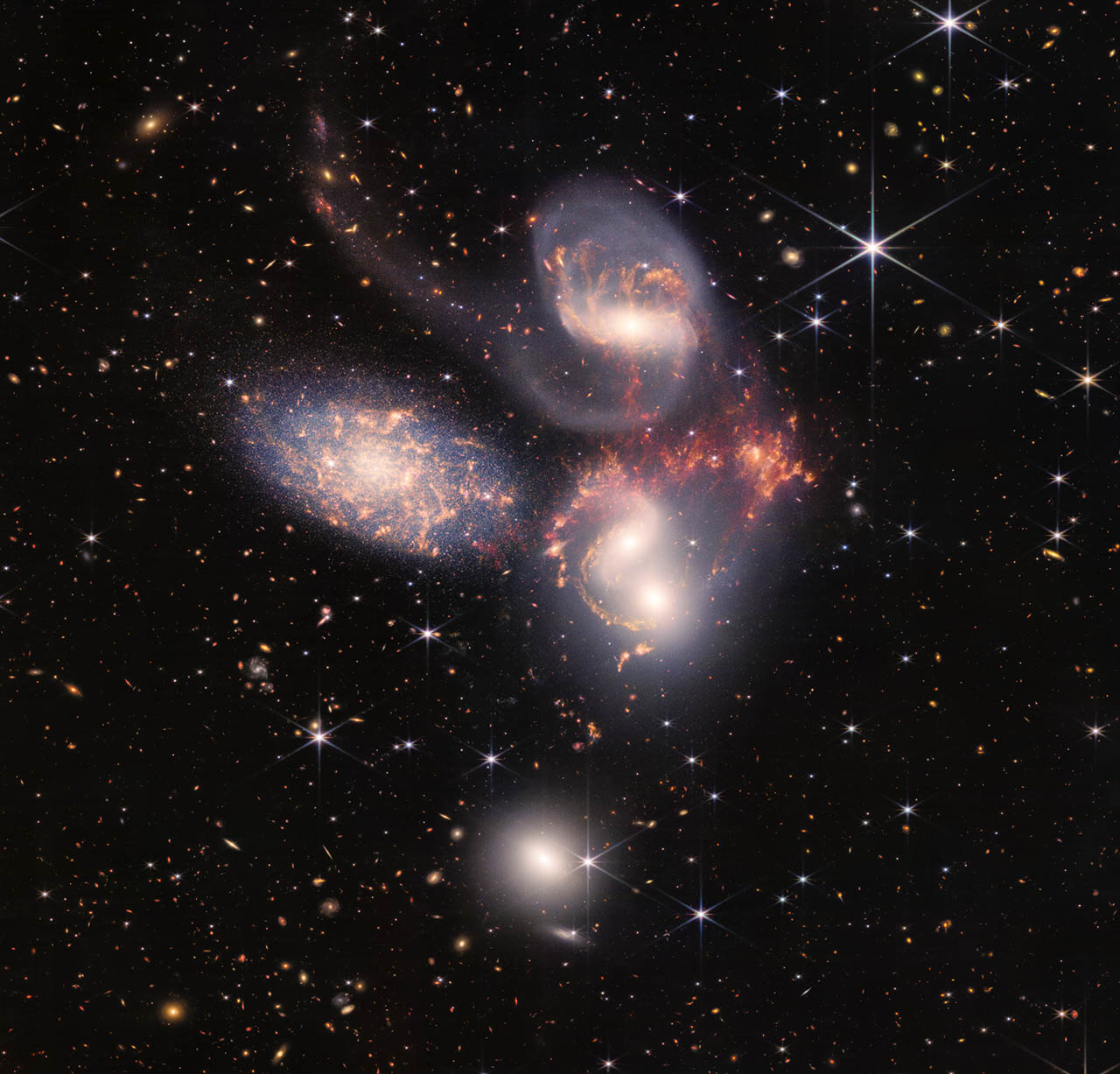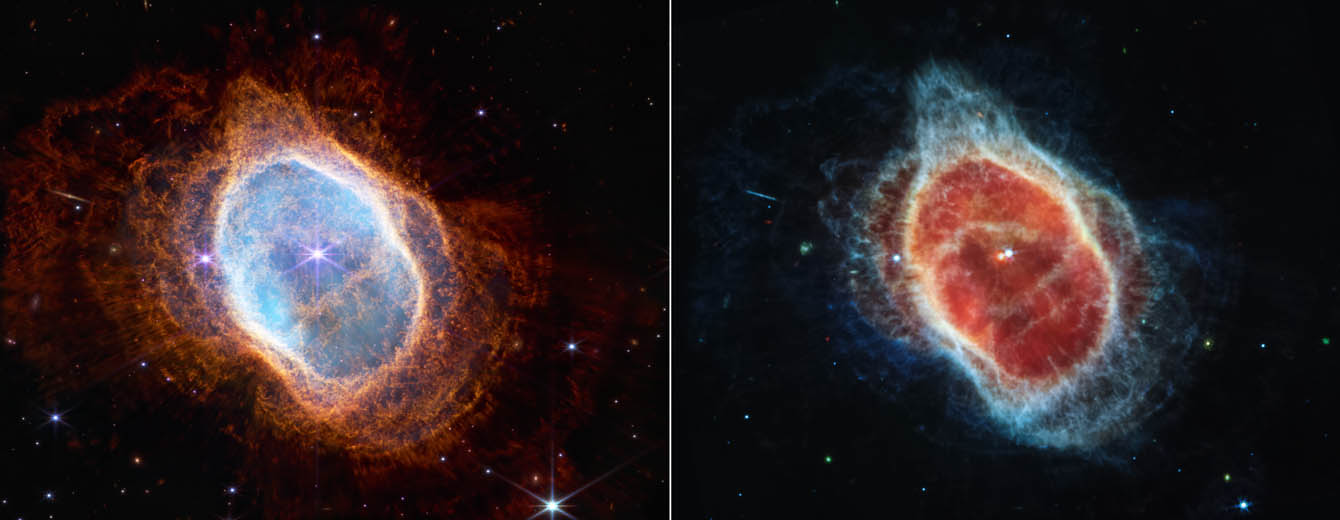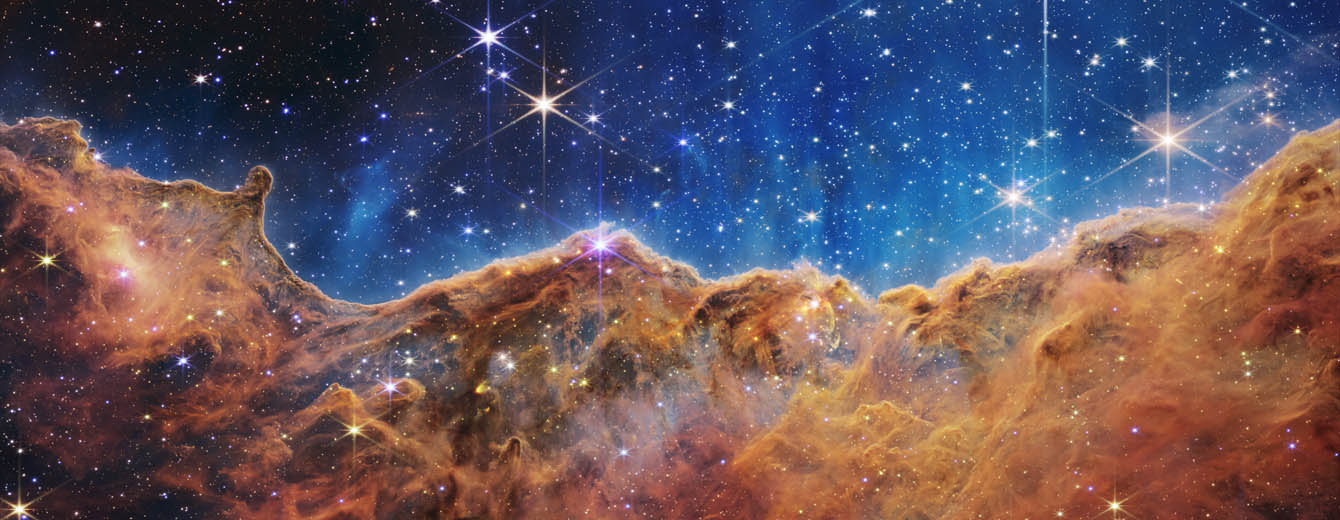AURA Celebrates JWST First Images

When Ricardo Giacconi, first Director of the Space Telescope Science Institute (STScI), challenged his staff to, “think about the next major mission beyond Hubble,” the dream of a next generation space telescope was born. In September 1989, at a workshop held at STScI before Hubble was even launched, the concept of creating a large infrared space telescope was proposed, and the dream took its first steps towards becoming reality.
Over 30 years later we are now witnessing the very first science images from that next generation telescope, the James Webb Space Telescope (JWST). The road to this moment has not been smooth and straight. But even with many bumps, twists, and turns a group of scientists, engineers, and supporters from around the globe kept believing that this telescope would be transformational. AURA salutes those believers and the international effort of talented people who worked so hard to make this moment possible.

Dr. Matt Mountain, AURA President and former STScI Director, has been the JWST Telescope Scientist on the project since 2003. “The determination, persistence, and ingenuity of the JWST team has now been rewarded. We have a 6.5-meter infrared telescope in space which has exceeded our expectations. The first results are incredible, and the greatest science is yet to come: it is both an exciting and humbling time to be alive, as we take the next steps in understanding our origins and place in this vast Universe.”
The first images are indeed transformational. We see galaxies from more than 13 million years ago swirling in a breathtaking Deep Field image, the Southern Ring Nebula bursting with never-before-seen structure, star formation in the gas and dust of the Carina Nebula, and the interaction of galaxies in Stephan’s Quintet. On top of all that, JWST’s ultra-sensitive instruments sent data about the composition of the atmosphere of exoplanet WASP-96 b, over one thousand light-years away.
We know more today about Webb’s first targets than we did yesterday, and this is just the beginning.

Dr. Heidi Hammel, Webb Interdisciplinary Scientist and AURA Vice President commented, “For me personally, it is culmination of more than twenty years of work to ensure this telescope can study objects within our Solar System. I am honored to have been part of such an amazing mission. And the best is yet to come! The images and observations are just the appetizer – the main course is the science that astronomers will do with JWST in the coming years.”
More than 30 years ago, AURA committed to a next generation telescope that would give humanity a new view of the cosmos. JWST has delivered on that dream and the science of astronomy will be forever changed by this amazing new machine. AURA celebrates JWST and continues to dream new dreams for the future of astrophysics, building on this remarkable success.
Learn more about JWST history.

